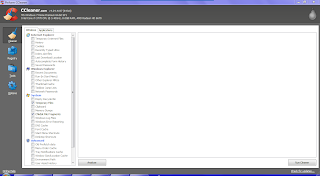I have figured out how to take a screenshot on a number of different mobile devices. They are not guaranteed, so I have put down some ways; please see which one works and tell me either in the comments or here.
Press and hold the screen off button and press the home button; the screen should flash.
- Apple Devices, i.e. iPad, iPhone, iPod
- Tested on: iPad 3, iOS 6; iPad 1, iOS 5
Tap and hold the back button and press the home button; you will hear a camera shutter sound.
- This should work on any Android 2 (or around there) phone with the normal physical buttons (Back, Home, Menu, Screen Lock, Volume up and down)
- Tested on: Samsung Galaxy Gio (GT-S5660), Android 2.2.1
Press and hold the screen lock and home buttons; you will hear a camera shutter sound and the screen should flash.
- This should work on any Android 4.0 and up phone with the normal physical buttons (Back, Home, Menu, Screen Lock, Volume up and down)
- Tested on: Samsung Galaxy S4 (GT-I9500), Android 4.2.2
- Samsung Galaxy S2 (GT-I9100), Android 2.3.3 - the shutter sound & screen flash only occurs once you let go of both buttons
Press and hold the screen lock and volume down buttons at the same time; the screen should flash.
- Any Android device that doesn't have a physical back and home button should work
- Tested on: Samsung Galaxy Tab 2 7.0 (GT-P3110), Android 4.1.2
Any other ways? Post them in the comments or tell me. [Click here to comment]







